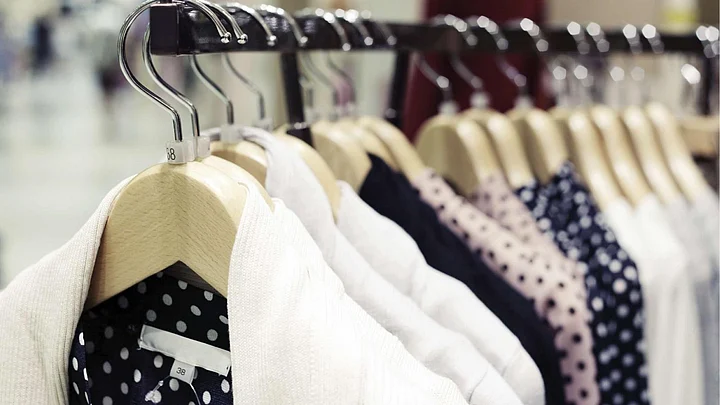Mom always told me to wash new clothes before I wore them. But I didn’t.
Who takes all that trouble just because you *might* get a rash! And if it’s “new” how dirty can it possibly be, right? Wrong!
Here’s why:
Scenario 1
Did you know that when you return a new pair of jeans that you’ve just tried on, it goes right back on the rack instead of the dry-cleaning?
To check how clean the “new” clothes are, ABC Network bought 14 items ranging from blouses to underwear from three popular stores in New York.Then they took these garments to a NYU lab to be tested for germs.
The result was shocking (and gross!)
They found vaginal flora (shudder), sweat patches (eewww), yeast and even fecal bacteria (puke) in the clothes!
YUCK!
So now I know that episode in House, where someone gets hospitalised after wearing a pair of used jeans was not a work of fiction.
Scenario 2
There is no real way of knowing just how many people have touched the blouse you just bought. And big brands don’t come with a “hygiene” guarantee. In fact most luxury brands source their fabric from one country, dye it in another and stitch in the third.
So this fabric can be a breeding ground for all sorts of worms, even lice! (you read it right)
Columbia University experts say that once the fabric gets infested with lice, it can stay on for months and does not leave till you give it a good wash.
Dyes, Chemicals and All that Jazz
Most textiles are dyed in chemical colours (unless you go organic) and those things can give you an allergic reaction. A fabric rash is not severe, but can leave you with a mild itchy skin. But that’s not all. The NYU Research Lab found traces of formaldehyde in the bunch of clothes bought by the ABC Network for their experiment.
Now Formaldehyde is a toxic, colourless gas used to preserve corpses!
Clothes manufacturers use it to prevent wrinkling in the fabric and give it a fresh look.
Still lazy to do launder your new clothes? I bet not
I hear you Mom, you are always right :)
(At The Quint, we question everything. Play an active role in shaping our journalism by becoming a member today.)
